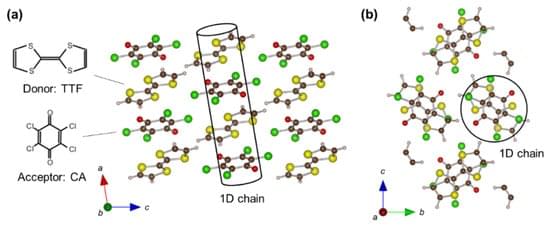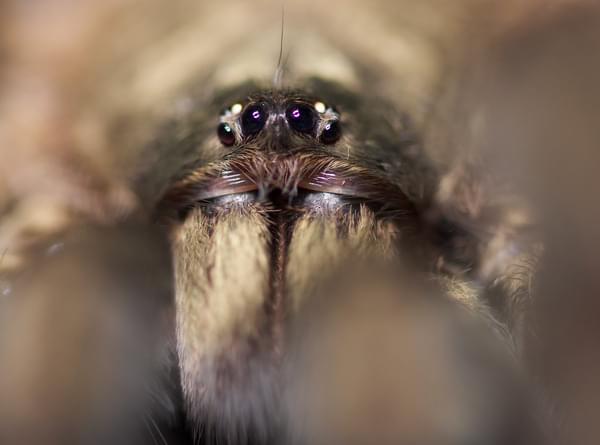Join the discussion on this paper page.



Apple today released the first beta of an upcoming visionOS 1.1 update for developers, allowing developers to test new features ahead of the software seeing a public launch. This is the first beta version of visionOS software that Apple has made available since the headset launched last Friday.
The visionOS beta can be downloaded by going to the Settings app on the device and toggling on developer betas. A registered developer account is required, and Apple recommends making a backup before installing new software.

The University of Rochester’s Laboratory for Laser Energetics (LLE) has just thrown a spark into the fusion energy race. In a series of experiments, scientists at LLE pioneered a revolutionary “spark plug” for direct-drive inertial confinement fusion (ICF) methods. This development could be vital to unlocking the future of clean and abundant energy.
The LLE is home to the large OMEGA laser system. They conducted experiments that fired 28 kilojoules of laser energy at small capsules filled with deuterium and tritium fuel. The result? Capsules implode, creating a plasma hot enough to kickstart fusion reactions between the fuel nuclei.

The existence and physical properties of topological excitations in ferroelectrics, especially mobile topological boundaries in one dimension, are of profound interest. Notably, topological excitations emerging in association with the neutral–ionic (NI) phase transition are theoretically suggested to carry fractional charges and cause anomalous charge transport. In recent years, we experimentally demonstrated mobile topological excitations in a quasi-one-dimensional (1D) ferroelectric, tetrathiafulvalene-p-chloranil[TTF-CA; TTF (C6H4S4) and CA (C6Cl4O2)], which shows the NI transition, using NMR, NQR, and electrical resistivity measurements. Thermally activated topological excitations carry charges and spins in the NI crossover region and in the ionic phase with a dimer liquid.


The low amount of bacteria from the gut microbiota able to process bilirubin, a product of heme degradation, during the neonatal period of life suggests a strong connection between the microbiome composition and development of jaundice in infants. In other words, the lack of certain bacteria in the gut of infants seems to be linked to the risk of developing jaundice.


A prehistoric structure reminiscent of England’s iconic Stonehenge has been uncovered in Grand Traverse Bay, an arm of Lake Michigan on the western shore of Michigan’s Lower Peninsula.
The findings were found by Dr. Mark Holley, a distinguished professor of underwater archaeology at Northwestern Michigan University.
The picturesque waters of Grand Traverse Bay have long-held maritime history, with dozens of known shipwrecks attesting to the area’s bustling 19th and 20th-century maritime trade routes. Under its serene surface, secrets of a different kind have emerged, capturing the attention of archaeologists and historians.

